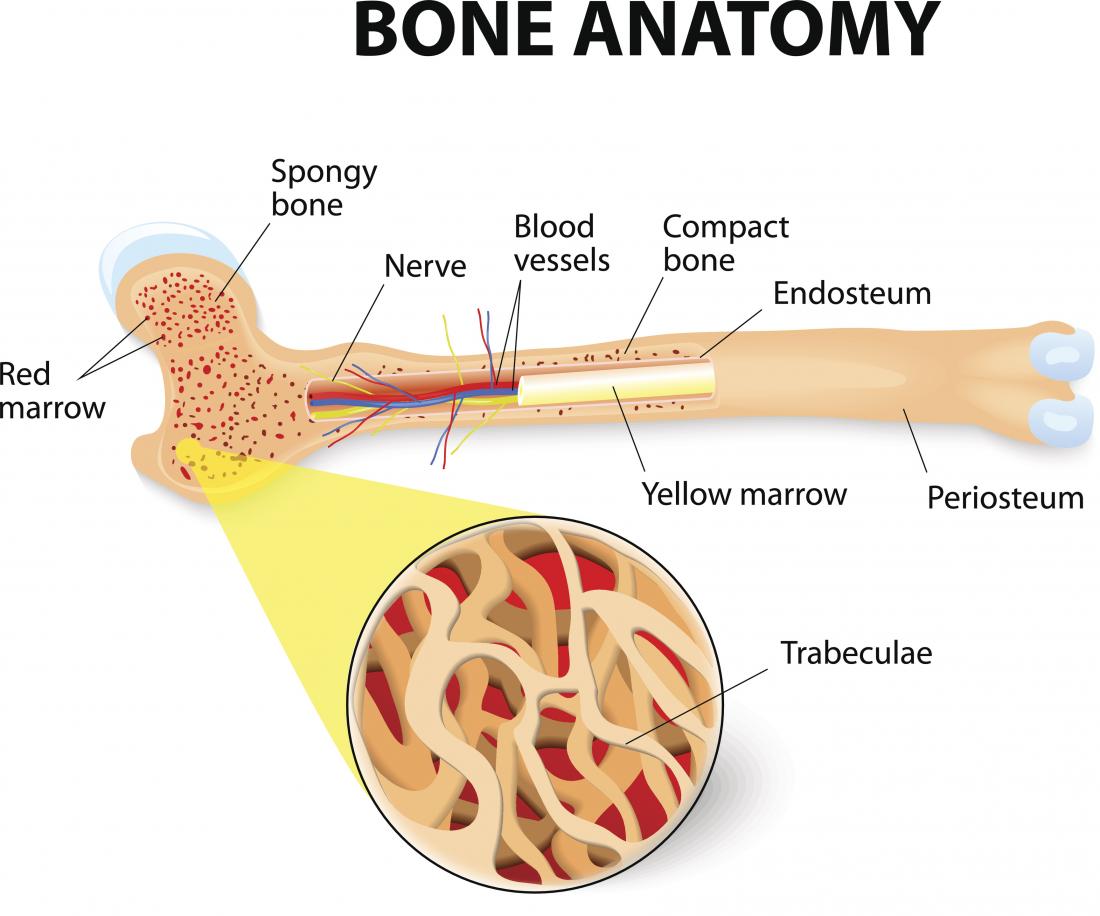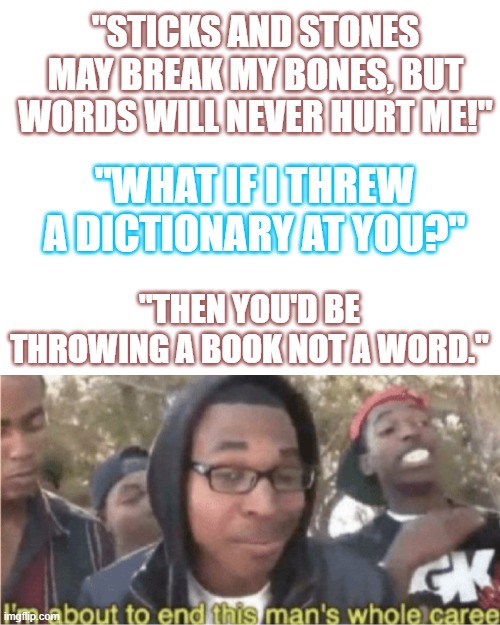


Foo then returned to her childhood home in San Jose to “fact-check my abuse.” In the course of interviewing old acquaintances, she realized how trauma had turned her otherwise beautiful hometown into a place she could only remember as “a place of hurt.” Ultimately, it was a stable, supportive connection to her new boyfriend and his loving parents that led her to final acceptance of how abuse and self-hatred had warped her mind, heart, and body. Foo’s research into trauma and the brain later led to the conclusion that she had become “trapped within loop of stimulus, response.” She quit her stressful job at This American Life to interview neuroscientists and psychologists, practice yin yoga, join a childhood trauma support group, try experimental therapies, and care for the endometriosis she realized may have been a bodily reaction to years of living with C-PTSD. By high school, family dysfunction had transformed her into “a tiny, foul-mouthed pirate” who could not keep friends. She remembered her unhappy mother’s violence and how she later became her father’s adolescent “caretaker” after her mother left. But it was only after she left California and turned 30 that the therapist diagnosed her with complex PTSD, explaining that “sufferers of complex PTSD have undergone continual abuse-trauma that has occurred over a long period of time, over the course of years.” Using her investigative journalism skills, Foo began probing her troubled past. In her early 20s, Foo began seeing a therapist to discuss her boyfriend and other problems.


A radio journalist and former This American Life producer recounts how she healed from complex PTSD.


 0 kommentar(er)
0 kommentar(er)
